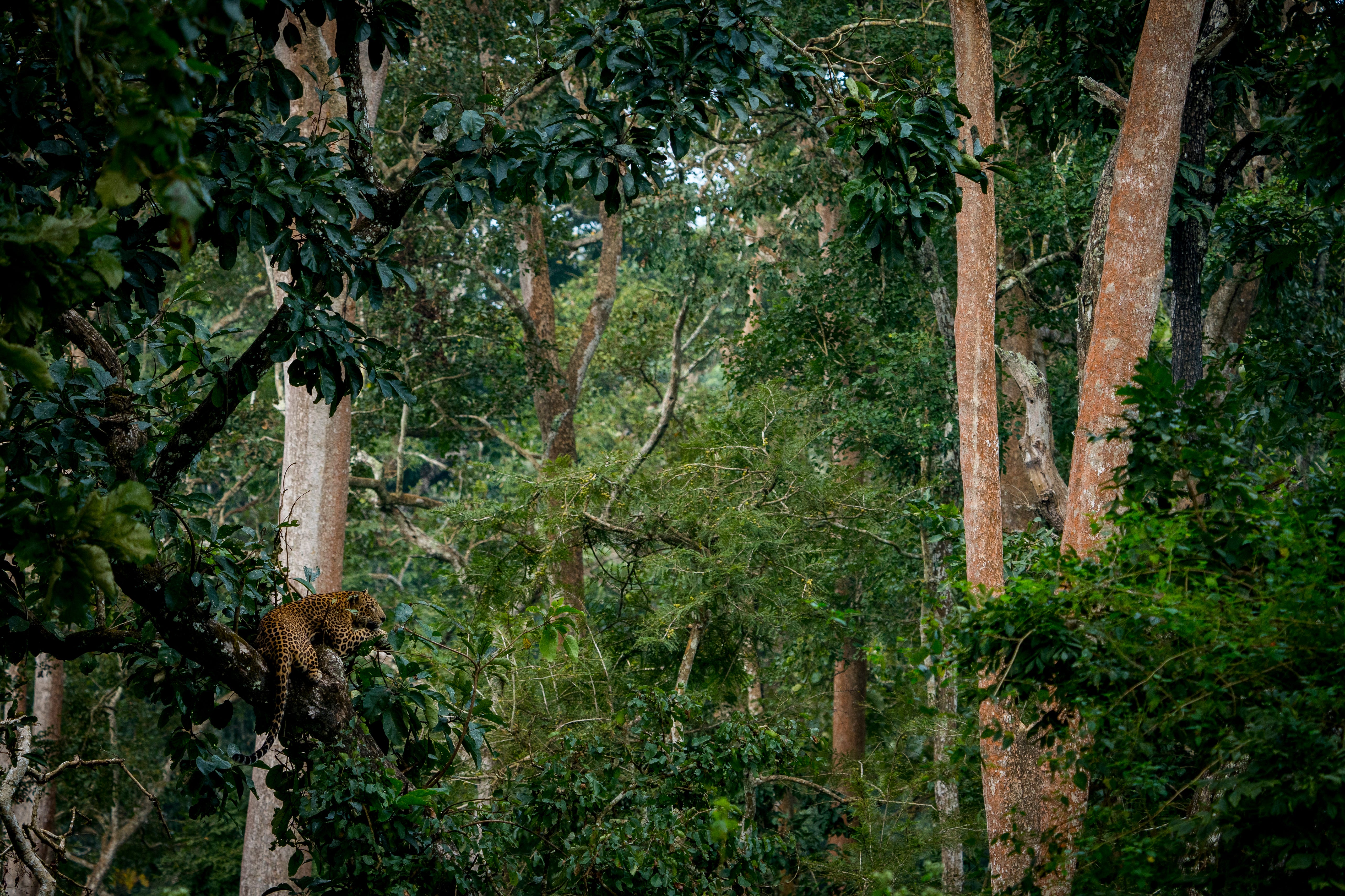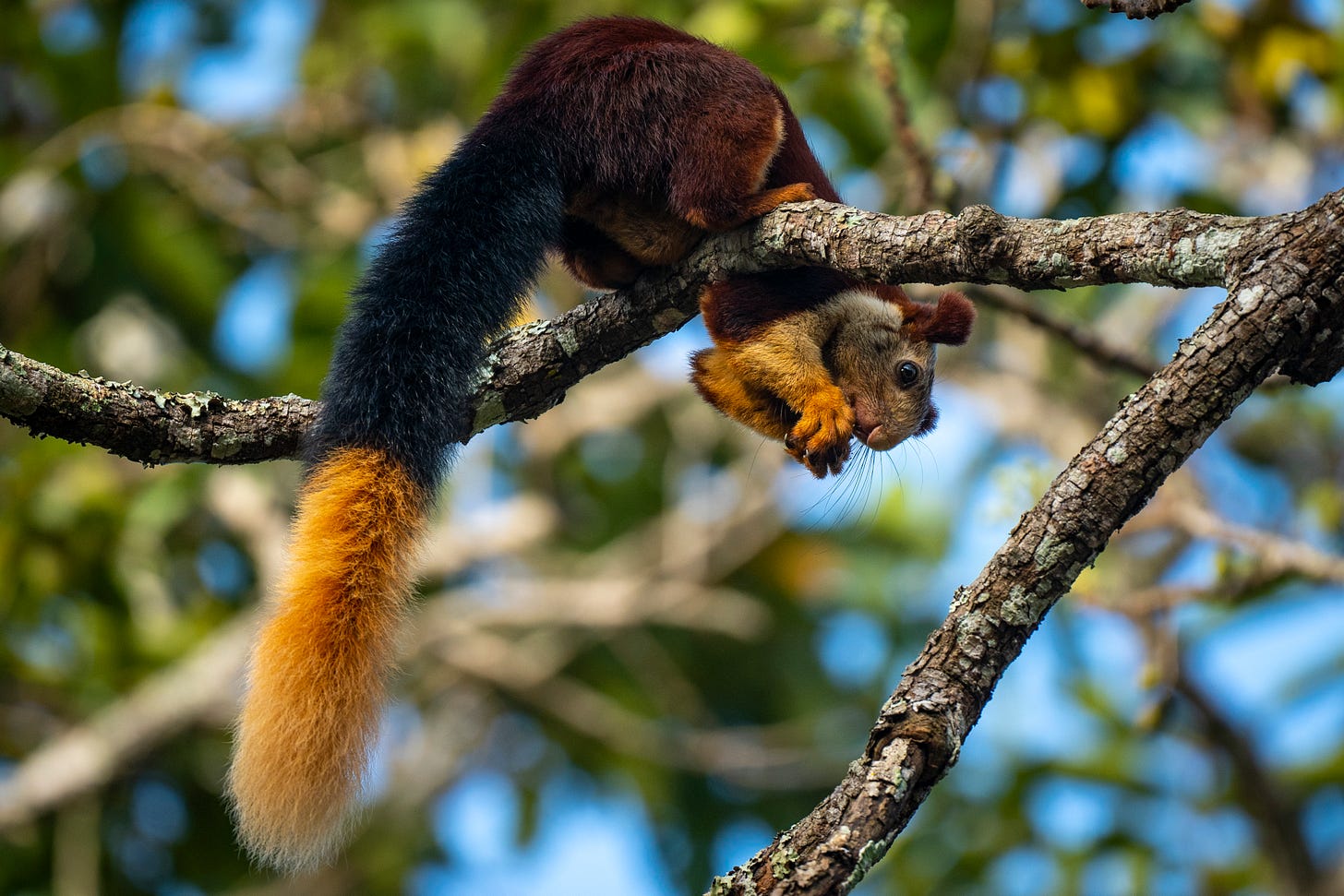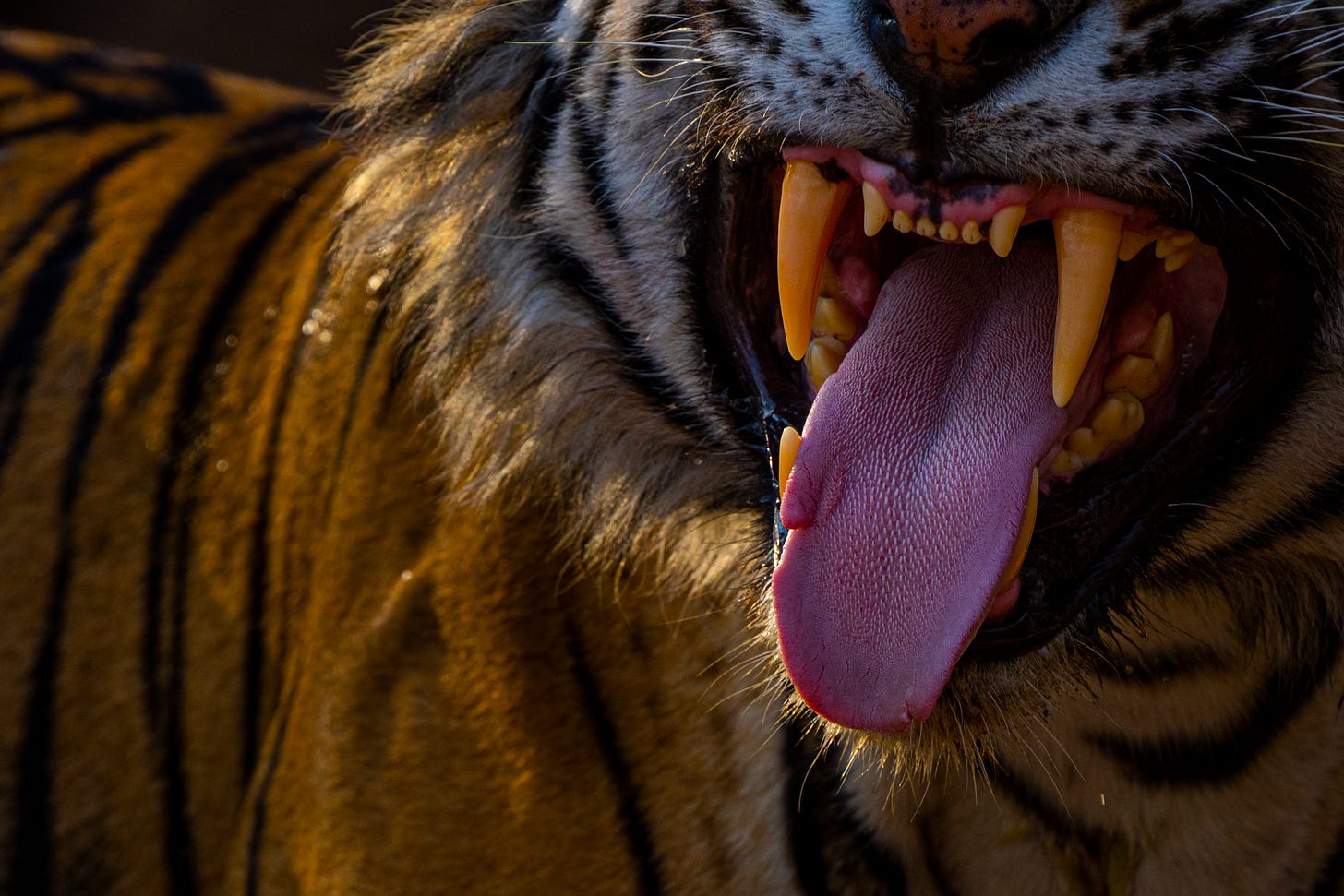The science of exposure vol.5
The Exposure Triangle
Now that you've learnt about the exposure triangle and its three elements, Aperture (the gap through which light enters your camera), Shutter Speed (the time in which light enters your camera) and ISO(the amount of light your sensors can detect), you can learn how to use it. Each of these elements controls how bright your image is. They all also influence other parts of your photographs, often inversely proportionately. So how do you manage this?
Aperture
The lower your Aperture, the brighter your image is. Aperture also controls your depth of field (the amount of your photograph in focus). The lower the Aperture, the shorter your depth of field.
As a photographer, you want the brightest photographs with the shortest depth of field to get that beautiful bokeh we all desire. All you need to do is keep your Aperture as low as possible.
Too easy? Don't worry; it gets harder!
Shutter Speed
The higher your Shutter Speed, the lower darker your image is. It also controls how blurry it is. The higher your Shutter Speed, the sharper (and less blurry) your picture is.
You want a sharp, bright image. But how do you manage this?
A general rule of thumb is to keep your shutter speed twice as high as your focal length. For example, with a 300mm lens, use a minimum Shutter Speed of 1/600 fps. This should eliminate motion blur in your image. If it is still too dark, consider lowering your shutter speed and using a bean bag or tripod for stability.
ISO
The higher your ISO, the brighter your image is. However, the higher you go, the noisier it becomes. The best photographs are bright and have very little noise.
So how do you achieve this?
My only advice here is to find a range. Look for the highest ISO you are comfortable with using and editing. Keep it as low as possible, and use the other two factors to brighten your image.
Use these three factors together to create the photographs you want. If you need a higher Shutter Speed, reduce your Aperture or increase your ISO. Remember, different settings can produce the same brightness but drastically different images. Play around with your settings and find what works for you.
Thanks for reading Scientia Šerida! Subscribe for free to receive new posts every week!
Did you enjoy this issue? Share it with a friend who might love it too.
For similar posts browse Scientia Šerida Archive
Find me on Instagram as @dhruv_matthan
Or on Twitter as @DhruvMatthan









